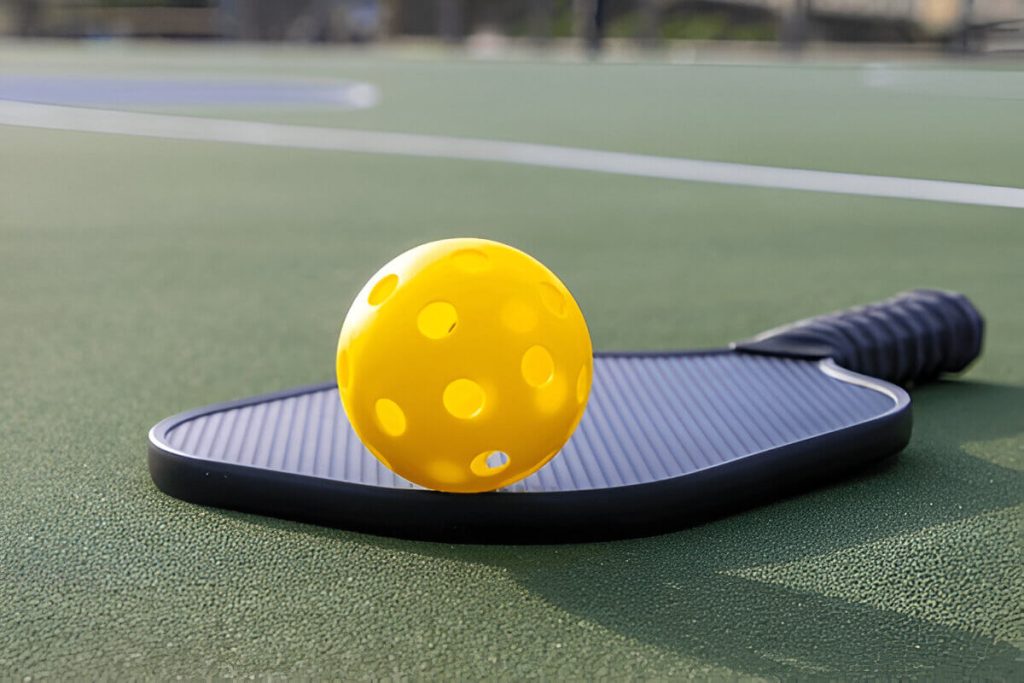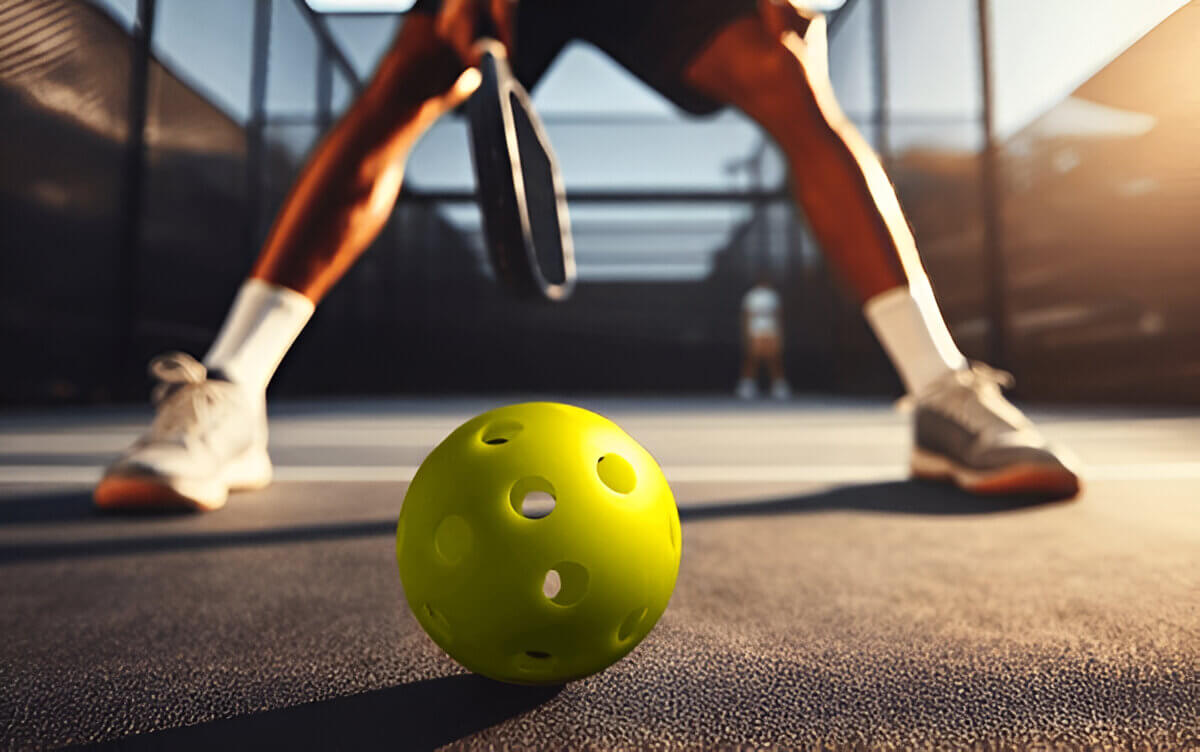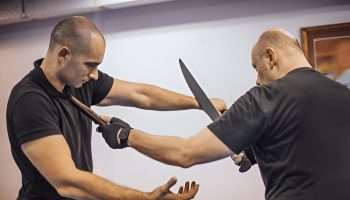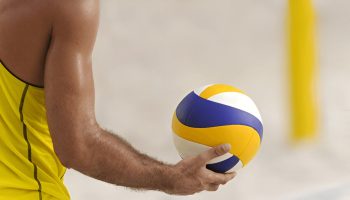Pickleball, a rapidly growing sport, combines tennis, badminton, and ping-pong. Originating as a backyard pastime in the mid-20th century, it now attracts people of all ages and skill levels. Offering an accessible entry for beginners, pickleball provides health benefits and fosters community connections. With unique rules and equipment, it offers a chance to improve fitness and expand your social circle through physical activity and community building.
The Origins and Popularity of Pickleball
Summer of 1965. It was on Bainbridge Island, Washington, where three fathers (Joel Pritchard, Bill Bell, and Barney McCallum) sought to entertain their families with a new game. The origins of pickleball are rooted in improvisation; using a badminton court, ping-pong paddles, and a perforated plastic ball, they crafted what would become a beloved pastime.
The name “pickleball” is said to have been inspired by the Pritchard family’s dog named Pickles or alternatively from the term “pickle boat,” referring to the last boat to return with its catch. Regardless of its naming origin, pickleball quickly grew from these humble beginnings into an organized sport with dedicated courts and official rules by 1972.
The rise in popularity of pickleball over recent decades is nothing short of remarkable. Its growth can be attributed to its accessibility; it is easy for beginners yet challenging enough for seasoned players. The sport’s adaptability across age groups and skill levels has made it particularly appealing in retirement communities and among younger generations alike.
Organizations like USA Pickleball have spearheaded efforts to formalize competitions and promote the sport nationwide. As more people discover how enjoyable and social pickleball can be, local clubs are forming rapidly across North America and beyond.
Today, pickleball’s expansion continues unabated as it finds fans worldwide who relish both its competitive edge and community spirit. Whether played casually or at tournament level, pickleball offers something unique (a blend of strategy, athleticism, and fun) that keeps enthusiasts coming back for more.
Understanding Pickleball Rules and Equipment

Pickleball is a rapidly growing sport that combines elements of tennis, badminton, and table tennis. Understanding the basic rules and equipment is essential for anyone looking to enjoy this exciting game.
To start playing pickleball, you’ll need a few key pieces of equipment: a paddle and a ball. The paddle is typically made from lightweight materials like wood or composite, designed to provide both power and control. The ball resembles a wiffle ball with holes, which helps it move at moderate speeds suitable for players of all ages.
The game is played on a court similar in size to a doubles badminton court, with dimensions of 20 feet by 44 feet. The net height is set at 36 inches on the sidelines and slightly lower at 34 inches in the middle. Pickleball can be played as singles or doubles, with the same size court used for both formats.
Understanding pickleball rules is crucial for fair play. A match begins with an underhand serve made diagonally across the net into the opponent’s service zone. Players must allow the ball to bounce once before returning it after a serve (a rule known as the double-bounce rule) which encourages longer rallies.
Scoring in pickleball follows a simple system where only the serving team can score points. Games are typically played to 11 points, but teams must win by at least two points. If you’re just learning how to play pickleball, focusing on mastering these basic rules will ensure you have fun while improving your skills on the court.
By getting familiar with these foundational aspects of pickleball (rules and equipment) you’ll be well-prepared to enjoy this engaging sport that’s accessible yet challenging for players of all skill levels.
The Health Benefits of Playing Pickleball
Pickleball, a rapidly growing sport that combines elements of tennis, badminton, and ping-pong, offers numerous health benefits that make it an excellent choice for people of all ages. One of the primary pickleball exercise benefits is its ability to improve cardiovascular fitness. The game’s fast-paced nature requires players to move quickly across the court, engaging in short bursts of intense activity that elevate the heart rate and enhance cardiovascular endurance over time.
Beyond cardiovascular fitness, pickleball also provides a range of other health advantages commonly associated with playing sports. Regular participation in pickleball can improve balance and coordination due to the quick lateral movements and precise hand-eye coordination required during play. Moreover, as a low-impact sport, it minimizes stress on joints while still offering a comprehensive workout for muscles throughout the body.
Engaging in pickleball not only supports physical health but also contributes to mental well-being. The social aspect of playing with others fosters community interaction and reduces feelings of isolation or stress. Overall, incorporating pickleball into your routine can lead to improved physical fitness levels and enhanced mental clarity, making it an ideal sport for maintaining both body and mind healthfully active.
Pickleball vs Other Racquet Sports (What Sets It Apart?)
Pickleball is rapidly gaining popularity, and for good reason. When comparing pickleball to other racquet sports like tennis and badminton, several unique aspects set it apart.
Firstly, let’s consider the differences between pickleball and tennis. One of the most notable distinctions is the size of the court. A standard pickleball court is significantly smaller than a tennis court, measuring just 20 by 44 feet compared to a tennis court’s 36 by 78 feet. This compact size makes pickleball more accessible for players of all ages and skill levels, as it requires less running and can be easier on the joints.
In terms of equipment, pickleball uses a paddle rather than a strung racquet found in tennis or badminton. The paddles are typically made from lightweight materials such as wood or composite materials, which contribute to the ease of play. Additionally, instead of using traditional balls or shuttlecocks, pickleball employs a perforated plastic ball similar to a wiffle ball. This unique ball design affects gameplay by reducing speed and allowing for longer rallies.
When examining differences between badminton and pickleball, one key aspect is how each game is played regarding scoring systems and serving techniques. While badminton features high-speed shuttlecock exchanges that require quick reflexes and agility, pickleball offers a slower-paced game with underhand serves that promote strategic placement over sheer power.
Another distinctive feature of pickleball gameplay is its emphasis on teamwork in doubles matches due to the smaller court size. Players must communicate effectively with their partners to cover ground efficiently without overextending themselves physically, a factor that adds an engaging social element not always present in other racquet sports.
Overall, what truly sets pickleball apart from its counterparts lies in its blend of accessibility, strategy-focused playstyle rooted in precision rather than power alone (and above all else) the spirit fostering community among participants across various skill levels worldwide!
Building Community Through Pickleball
Pickleball is more than just a sport; it’s a dynamic tool for community building and fostering social connections. As people gather on courts across the country, they engage in an activity that transcends mere physical exercise. The social benefits of playing pickleball are profound, offering opportunities for group activities and networking that enhance community ties.
Community building with sports like pickleball is rooted in the game’s accessibility and inclusive nature. Its straightforward rules and minimal equipment requirements make it easy for individuals of all ages and skill levels to participate, encouraging diverse groups to come together. This inclusivity fosters a welcoming environment where friendships can flourish both on and off the court.
The social aspect of pickleball extends beyond casual play. Many communities organize leagues, tournaments, and events that provide structured opportunities for interaction. These gatherings become platforms for networking through sports, where players can connect over shared interests while also expanding their professional networks.
Moreover, the camaraderie developed during games often leads to deeper personal relationships as players share victories, challenges, and laughs. This sense of belonging contributes significantly to individual well-being by reducing feelings of isolation and promoting mental health.
In essence, pickleball serves as a catalyst for community cohesion by bringing people together in pursuit of fun and fitness while simultaneously strengthening social bonds through shared experiences.
Tips for Beginners Looking to Play Picklealll
Pickleball, a dynamic and engaging sport, is gaining popularity for its accessibility and fun factor. If you’re new to the game, this beginners guide to playing pickleball will help you get started on the right foot. Understanding the basics is crucial as you embark on your journey into this exciting world.
First, familiarize yourself with the court layout and equipment. A standard pickleball court is similar in size to a doubles badminton court, with a net slightly lower than that of tennis. You’ll need a paddle (usually made of lightweight materials like wood or composite) and a perforated plastic ball.
When starting out in pickleball, focus on mastering the basic rules and techniques. The game begins with an underhand serve diagonally across the court. Unlike tennis, serves must be made below waist level and without bouncing the ball beforehand. Once you’ve got serving down pat, practice your groundstrokes (forehand and backhand) and work on maintaining rallies.
To enhance your skills further, consider joining local clinics or beginner sessions where you can learn from experienced players. Observing seasoned players during matches can also provide valuable insights into strategy and positioning.
Don’t forget that consistency comes from practice; regular play will naturally improve your coordination and reflexes over time. Remember to enjoy each session as you learn and grow in confidence on the court!
Embrace the Fun & Fitness – Start Your Pickel Ball Journey Today !
Embracing the exciting world of pickleball is a fantastic way to combine fun and fitness into your daily routine. This fast-paced sport offers an excellent cardiovascular workout while improving agility, balance, and hand-eye coordination. It’s accessible to people of all ages and skill levels, making it a perfect activity for families, friends, or even solo practice sessions.
Pickleball courts are popping up in communities across the country, providing ample opportunity to get involved. Whether you’re looking for a casual game or competitive play, there are plenty of options available to suit your preferences.
Moreover, pickleball fosters social interaction and community building. As you embark on your pickleball journey, you’ll meet fellow enthusiasts who share your passion for the game. This camaraderie can lead to lasting friendships and a supportive network that enriches your experience both on and off the court.
So why wait? Grab a paddle, find a court near you, and start enjoying all the benefits that come with playing pickleball today! Embrace this dynamic sport not just as exercise but as a delightful way to enhance your lifestyle through fun-filled fitness.





